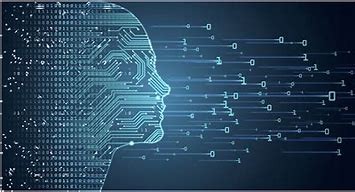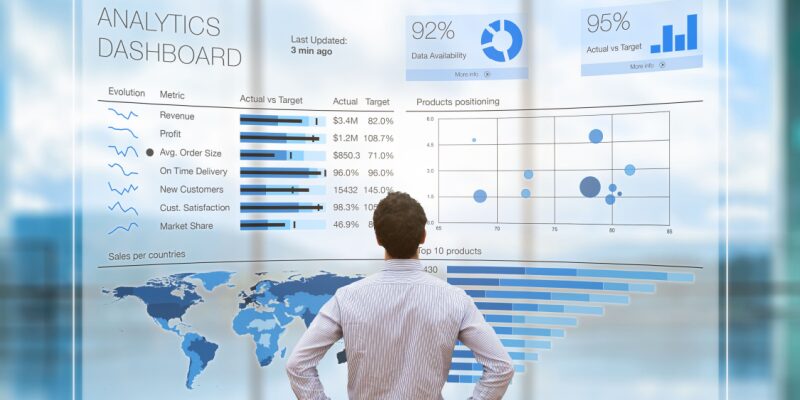Data and AI are closely related and interconnected. Data serves as the fuel for AI systems, providing the raw material on which AI algorithms learn, make predictions, and take actions. AI, in turn, enables organizations to extract valuable insights and make intelligent decisions from the vast amount of data available.
Here's how data and AI are related:
- Data as the Input: AI algorithms require large amounts of high-quality data to train and learn patterns. This data can be structured (e.g., databases, spreadsheets) or unstructured (e.g., text, images, videos). The quality, diversity, and relevance of data significantly impact the performance and accuracy of AI models.
- Data Preparation and Preprocessing: Before feeding data into AI algorithms, it often requires preprocessing and cleaning. This step involves tasks like removing duplicates, handling missing values, normalizing data, and transforming it into a suitable format for AI models.
- Training AI Models: AI models, such as machine learning and deep learning models, are trained using historical data. During the training process, the model learns patterns, correlations, and representations in the data to make predictions or classifications in the future. The model's performance improves as it is exposed to more diverse and representative data.
- Real-time Data Processing: AI systems often operate on streaming or real-time data. This allows them to make decisions or provide insights on the fly, leveraging data as it is generated. Real-time data processing enables applications like fraud detection, recommendation systems, and predictive maintenance.
- Feedback Loop: AI models continuously learn and improve by receiving feedback from new data and user interactions. This feedback loop allows AI systems to adapt to changing conditions, identify errors, and refine their predictions over time. As more data becomes available, AI models can be retrained or fine-tuned to stay up to date.
- Data-Driven Decision Making: The primary goal of AI is to extract meaningful insights from data and enable data-driven decision making. By analyzing patterns and relationships in the data, AI systems can uncover hidden trends, make predictions, automate processes, optimize operations, and assist in strategic planning.






